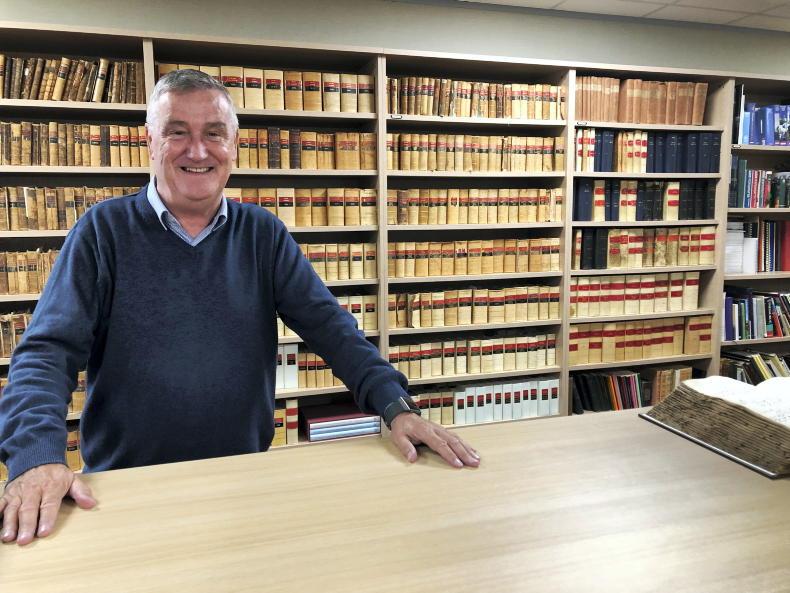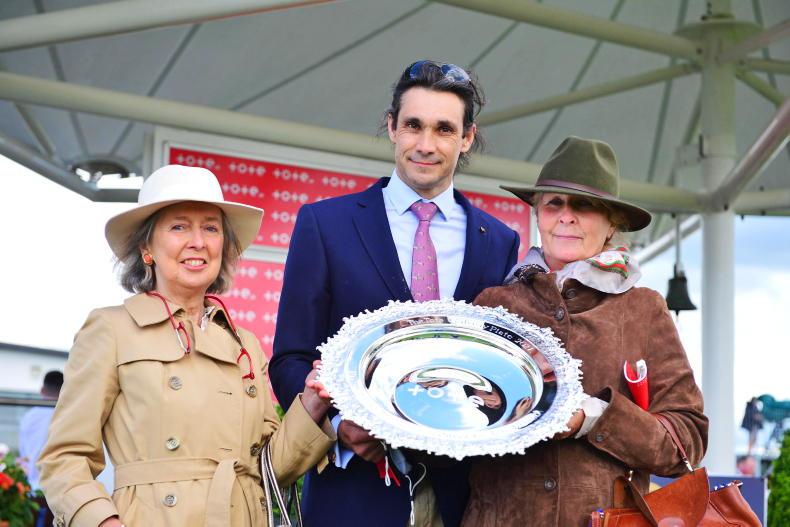THE butterflies are starting to become active already, and as I pen this there is more than 24 hours to go before this year’s Randox Grand National. Not only that, but I have no direct involvement in the race.
That said, my nephew partners one of the quietly fancied runners, while my host for the day at Aintree has an outsider running that I will have a few pound each-way on. Either of them winning would make the day extra special, though I expect it to be so in any case. I do count my blessings that my role allows me to attend such a big sporting occasion.
One of the things about growing old is that it moves you further away in time from landmark events in one’s life.
April 9th, 1988 – exactly 44 years ago to the day and date – and I watched on television as one B. Powell, the younger brother, flashed past the post on Rhyne ‘N’ Reason to win the Seagram Grand National, earning £68,740 for owner Juliet Reed. The winner, bred by Judy Maxwell, was trained by David Elsworth.
Durham Edition and Chris Grant were second, and the best of the Irish-trained finishers was Billy Harney’s Monanore, ridden by Tom Taaffe who was, like the winning rider, a former student of Kill National School in Co Kildare. What memories, and what a story it would be if a rider with the same name as the winner then repeated the feat.
Most importantly today, the hope is that all the 40 runners who line up come home to their stables tonight. The race will attract a global audience of some 500 to 600 million viewers, a phenomenal figure.
This week I made a visit to Randox Science Park to meet with Dr Peter FitzGerald, and hear about his interest in horses, involvement with Aintree, and the incredible work his company carried out during the pandemic.
The world’s eyes will be on Aintree today, and the majority will be once-a-year race watchers. Imagine if just 1% of them took some further interest in racing. That would be five or six million recruits. The potential is enormous.
Getting casual racegoers to grow their interest more must be considered when many involved with racing criticise student racedays.
The seed may well be sown for some of those in attendance, and we should ensure that those who made the effort to go are told something about what goes on at the races, and that they are followed up afterwards with information. From little acorns great oaks grow.




 This is a subscriber-only article
This is a subscriber-only article
 It looks like you're browsing in private mode
It looks like you're browsing in private mode










SHARING OPTIONS: